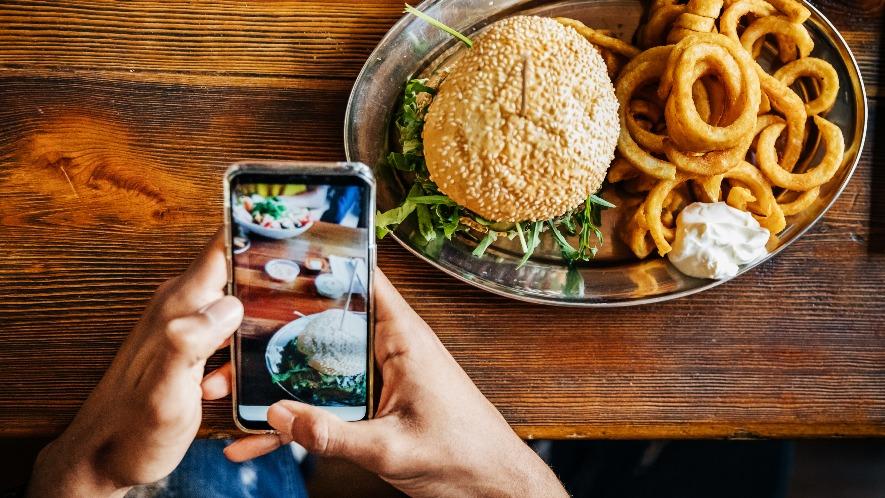{{item.title}}
{{item.text}}

{{item.text}}
Fast food is changing—just not in the way most brands think. While quick service restaurants (QSRs) are racing to innovate with loyalty programs, digital apps, sustainability messaging and customization, our recent survey of over 5,500 US consumers reveals a surprising truth: Fundamentals like taste and location still win.
We dug into why people actually choose one restaurant over another, and what we found challenges the conventional wisdom that price matters the most. Those eye-catching apps and constant promotional offers? They’re not what drives customers. So, what is it that really gets people through the door? Taste. And location.
59% of consumers tell us they chose certain QSRs because “the food tastes great.”
Customers will happily pay more—often significantly more—for delicious food. Quality and flavor aren’t nice-to-haves, they’re the foundation. While the industry may often assume price drives decisions, our data uncovers a different story, that consumers aren’t just chasing cheap meals. They want food that feels worth it.
No matter how much investment goes into speed, digital engagement or loyalty perks, great-tasting food and a location near the customer remain the reasons customers come back. While customers might use your app or look for good deals, flavor is the reason they return.
Takeaway: Great taste is the primary reason consumers choose where to eat. While there may be other factors like price and meeting expectations, taste can be the one nonnegotiable in a market full of choices.
57% of consumers choose a QSR based on location near home or work—even over better food quality or app features.
What convenience means has shifted. It’s no longer just about fast service—it’s about easy access. And as more consumers live outside urban centers, this seems to have become even more important.
Many people don’t want to drive 10 miles or wait 40 minutes for delivery. They want something close, satisfying and fast—whether drive-thru, pickup or dine-in.
Even in the age of apps and delivery services, 96% of QSR meals are still picked up in person (via drive thru, dine-in or in-store pickup). That underscores just how important physical location still is.
Takeaway: Location remains a decisive advantage. Brands that invest in real estate and density—not just menus—have the potential to capture market share faster.
QSRs across the board are investing in loyalty apps and digital tools. And they should be. But here’s the reality: These features are no longer differentiators. They’re the baseline.
In fact, nearly 70% of consumers have at least one QSR loyalty app on their phone, but only 30% say it influences where they choose to eat. That gap indicates that consumers expect these tools to exist, but they rarely drive initial decisions.
Where digital truly adds value is in simplifying ordering (saved favorites, quick reorders, AI-assisted drive-thru ordering) and loyalty programs work best through compelling discounts. Customers are drawn to consistent and meaningful value, not gamified features or bloated app experiences.
Takeaway: Loyalty and digital tools should assist your core customer experience, not define it.
Gen Z represents an evolution in QSR decision-making, not a fundamental transformation. While taste and proximity still matter, this generation adds expectations around digital ease, brand values and experience.
They’re highly connected—76% have downloaded at least one QSR app, and they’re twice as likely as other generations to use those apps regularly. But even for this tech-savvy group, the app isn’t determining where they eat. It’s a tool they expect, not a reason they choose.
This generation is also 50% more likely to order delivery, often because they don’t have access to personal transportation. That makes proximity and digital UX even more important to this group.
Takeaway: Gen Z doesn’t reject the QSR industry fundamentals of taste and convenience, they just build on them. Taste and convenience still matter, but winning this generation requires a mobile-first, values-oriented and experience-rich brand that fits seamlessly into their lifestyle. QSRs should continue to track this generation’s changing requests over time.
{{item.text}}

{{item.text}}



